44 Million Acres of Forests Managed Sustainably
Since the early investments made by the Great Lakes Protection Fund in sustainable forestry, the Great Lakes states have collectively led the way in growing certified forests in the United States. Today, 116 million acres of U.S. forestlands are sustainably certified. Forty-four million of those acres (38%) are located in the eight Great Lakes states.
Great Lake States Lead Nation in Certified Forest Acres
(38% of total certified forest acres in US)

The Forest/Lake Connection
Forests play a crucial role when it comes to clean water. Sustainably managed forests can reduce sediment, nutrient, and pesticide runoff in tributaries, and reduce the loss of critical habitats. The forests of the future need to be managed as much for a sustainable supply of clean water as any other goal.
In the late 1990s, the American Forest and Paper Association (AF&PA), the industry’s biggest trade association, had recently launched its Sustainable Forestry Initiative (SFI) requiring its membership to commit to a set of principles—essentially a promise to exercise care when growing and harvesting timber on their land.
“Sustainably managed forests can reduce sediment, nutrient, and pesticide runoff in tributaries, and reduce the loss of critical habitats. The forests of the future need to be managed as much for a sustainable supply of clean water as any other goal.”
The SFI standards were a strong first step in requiring member companies to commit to sustainability. The Fund “saw an opportunity to build on this momentum,” says Executive Director David Rankin.
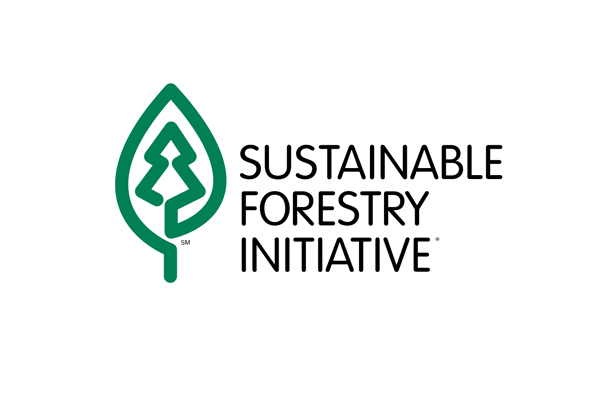
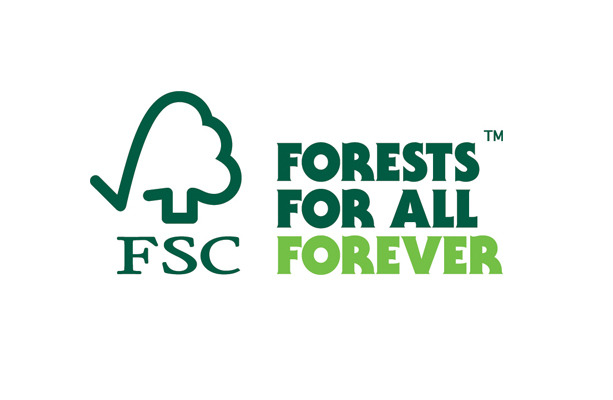
The Fund, in collaboration with timber management experts, the Forestry Stewardship Council (FSC), environmental organizations, manufacturers, national retailers, and other funders, worked to create a set of scientifically-based criteria that could be measured and monitored to determine whether the standards were being met.
These experts also helped create a system for third-party assessment of the standard criteria and a chain-of-custody system to track certified logs through the manufacturing process and into the marketplace. Finished products carried a label attesting the timber was managed sustainably.
The Fund launched a pilot project to evaluate FSC standards and test whether the third-party assessment process might be an effective tool in fostering and increasing sustainable forest management practices in the Great Lakes Basin. “We saw an opportunity to create this dynamic where the two standards would be competing in the marketplace for business,” says Rankin.
Power of the Markets
In 1998, private ownership accounted for over 70% of all U.S. forestlands. By proving that customer demand existed for sustainably certified products, the power of the market became a driver for industry-wide change.
“Not just incremental change, not just setting up a boutique environmental product, but really changing how timber resources were harvested, which influenced biodiversity and runoff into water.”
The Fund brought together the Institute of Agriculture and Trade Policy and Mater Engineering to craft a stringent definition and set of standards for sustainable forestry and guided the work to ensure those standards addressed Great Lakes concerns and the concerns of nearby water sources.
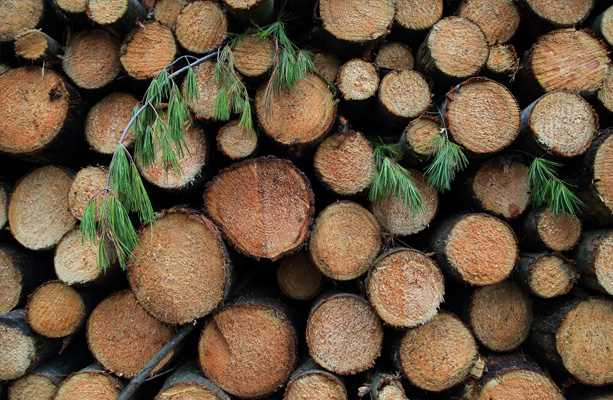
The Fund’s first investment planned and designed the infrastructure needed for a pilot certification program—including criteria that emphasized impact on water, market research to determine the potential price premium for certified timber products, selection of pilot areas to attempt certification, and building a basin-wide team of project collaborators. A second investment ran a certification pilot project on 700,000 acres of public forestland in New York.
Catherine Mater of Mater Engineering and the National Wildlife Federation led the Fund’s initiative on New York state forestlands. Catherine was instrumental in achieving FSC-certification of all state-owned and managed forestlands in Pennsylvania in 1998—the first state in the country to achieve that status.
“Evaluating public lands provides transparency,” Mater says, “and allows private forestland owners to observe and evaluate the process for themselves.” A growing market for certified wood and a successful demonstration on public land helped promote certification initiatives with private owners who owned the majority of forestland.
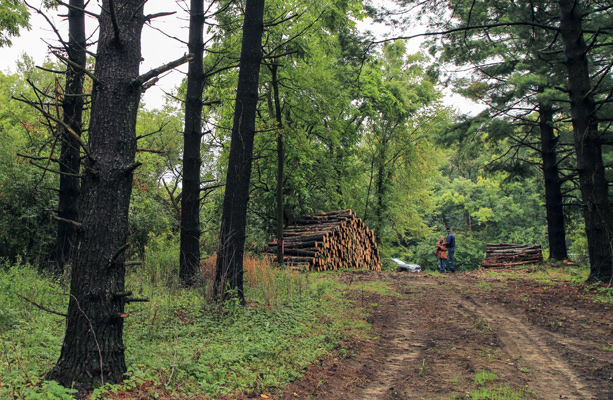
Widespread Certification
By the end of the pilot project, New York was recommended for FSC-certification after a third-party assessment. In January of 2000, New York Governor George Pataki announced a signed certification contract and soon after, over 60 New York state and national organizations—including The Wilderness Society, Home Depot, and Nike—signed a full-page ad in the New York Times commending Governor Pataki and the New York Department of Environmental Conservation on making the FSC grade.
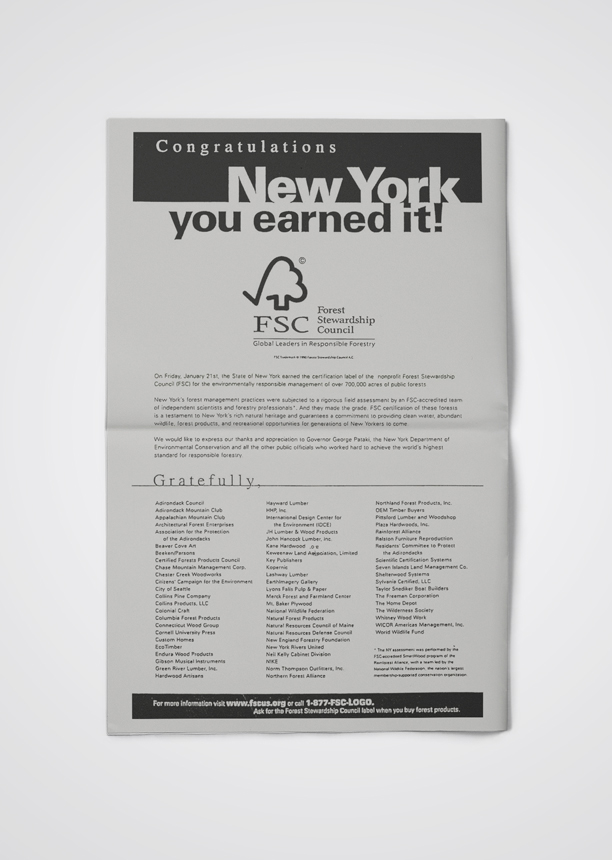
Over time, the AF&PA transitioned its Sustainable Forestry Initiative to a more specific set of standards coupled with third party assessment. After the successful pilot project in New York, SFI quickly adopted third-party assessment to keep pace with FSC. Today, about 22 million acres in Great Lakes states are FSC-certified, and another 22 million are certified under the SFI program. Across North America, the two programs have certified over 445 million acres of sustainably managed forestlands.
Paving the way for widespread certification—third-party assessment, stringent and scientifically measurable requirements, and consideration of forestry’s impact on nearby water sources—has happened thanks to the Fund’s investments, and a willingness to change the conversation.
—
Start a Conversation
At the Fund, our goal is to build something—together—that delivers impact. You have an idea and a strategy in mind and we have a basin-wide perspective and experience launching new initiatives. We strongly encourage you to contact us to discuss an idea, whether fully formed or not, as a first step.
Email us at startaconversation@glpf.org